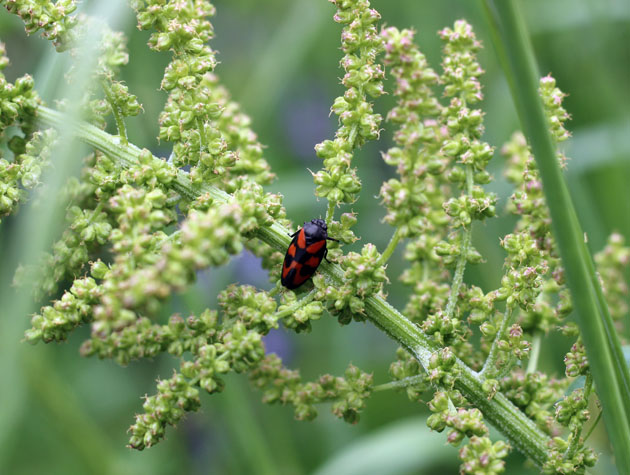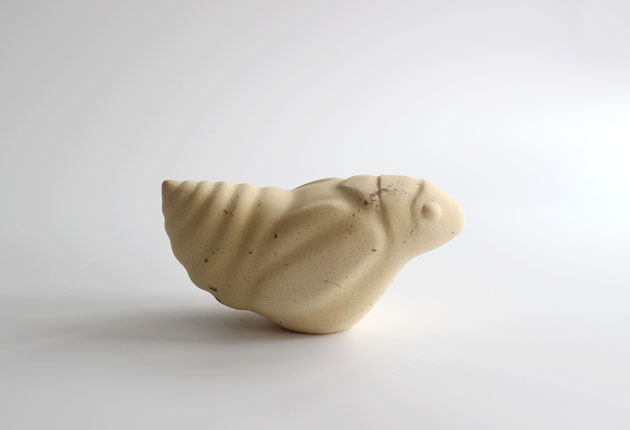Froghoppers and Spittlebugs

I saw this insect crawling up a grass stem and just to be sure looked it up to see what it was. I’ve seen lots of them lately – Froghoppers.
This one has a body that is shiny black, with bright red markings. The colours serve as a warning to predators of their unpleasant taste. The adults are found from April to August, mainly sucking vegetable juices of grasses, but also other plants (here it is dining on my Good King Henry plant).
They can easily fly but mostly use their very strong hind legs to suddenly and powerfully jump to the next location. The female lays eggs at the end of summer in plants and trees that overwinter. Larvae live underground on the roots of plants, inside a typical foam nest, that protects them from dehydration.
The nymph sucks juices from the roots of host plants and emerges onto the stem in the spring where we can see them by the tell-tale globs of ‘cuckoo-spit’, this leading to their alternative name of Spittlebug.

Spittlebug sculpture carved in Tadcaster Limestone – inspired by the extraordinary life-cycle of the Froghopper and the beautiful form of the nymphs.
The sculpture Spittlebug is currently in Meadowing – an exhibition at Mortall Gallery.
